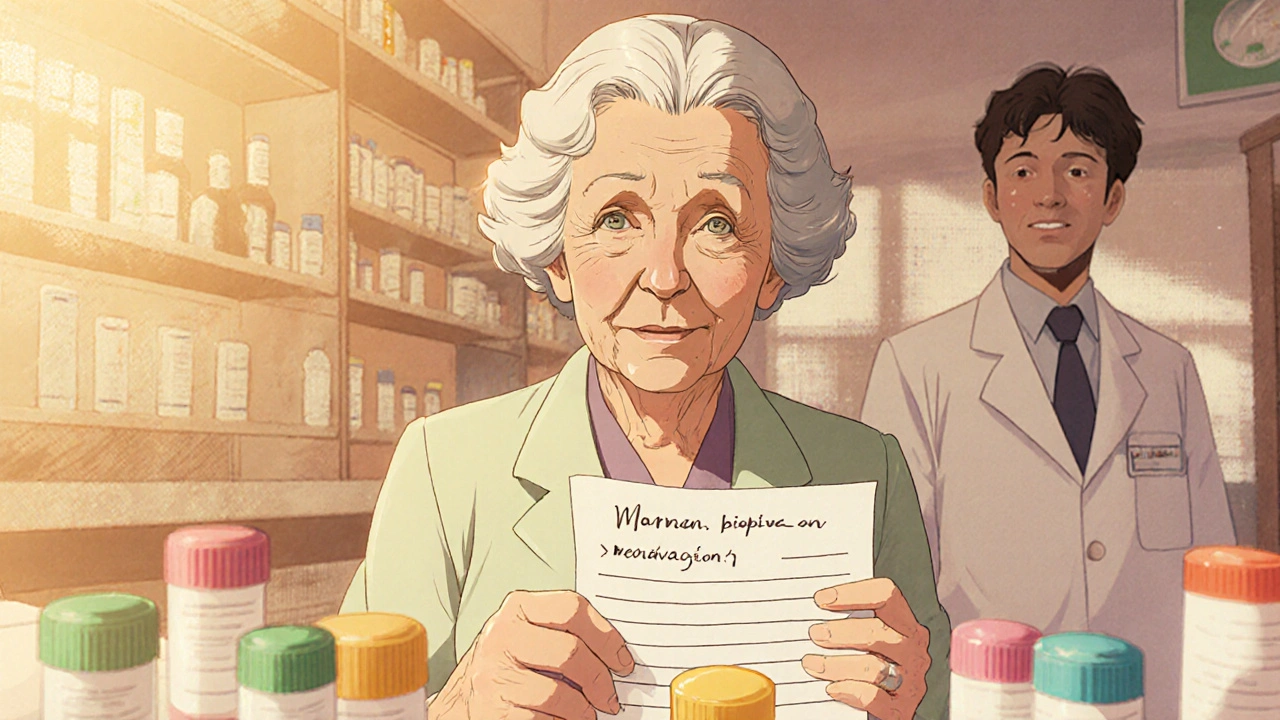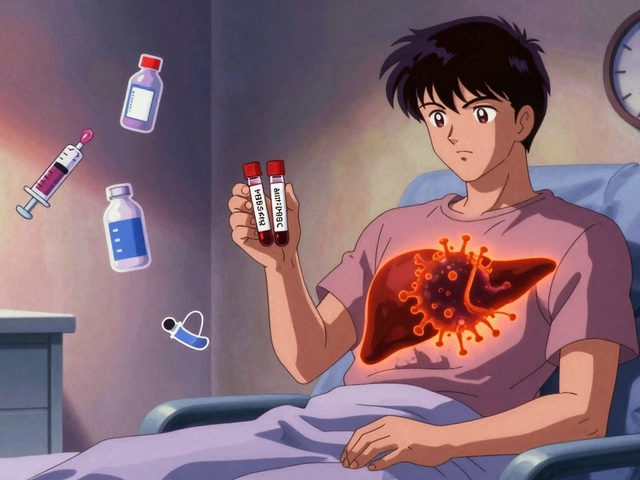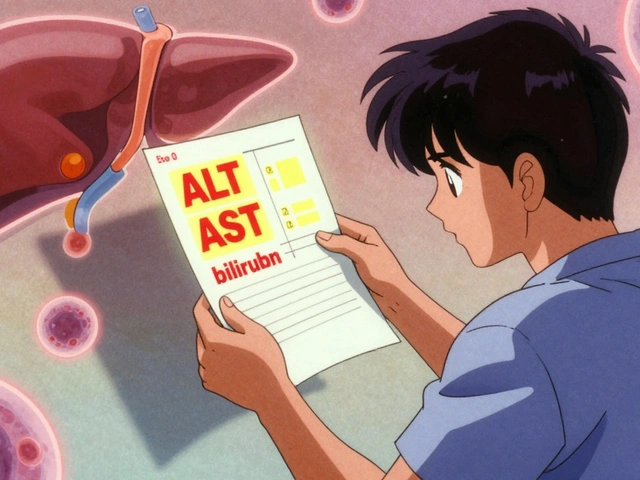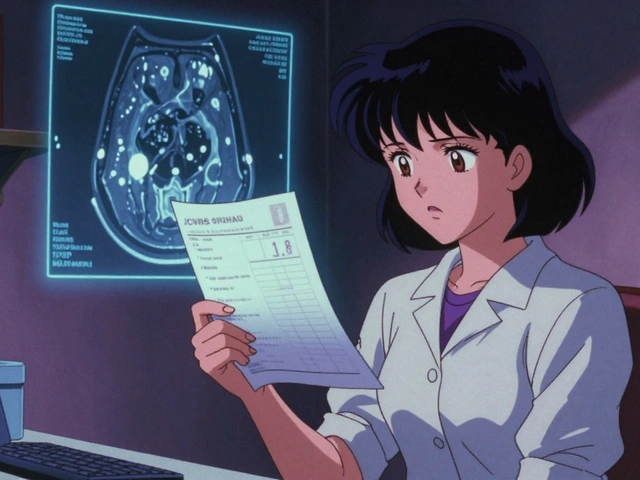
Medication errors aren’t just a hospital problem-they happen everywhere, and you can stop them.
Every year, hundreds of thousands of people in the U.S. are harmed because of mistakes with their medications. Some take the wrong dose. Others get a drug that interacts badly with something they’re already taking. A few even receive someone else’s pills. These aren’t rare accidents. They’re preventable-and you have more power to stop them than you might think.
The truth is, doctors and nurses aren’t with you 24/7. You are. You’re the one who opens the pill bottle. You’re the one who notices the pill looks different. You’re the one who feels dizzy after taking a new medicine. That’s why your role isn’t just helpful-it’s essential.
Know your meds like your own name
Start with the basics: know what each medicine is for, what it looks like, and how much to take. Don’t assume the pharmacist or doctor explained it clearly. If you’re not sure, ask again. And don’t be afraid to say, “Can you explain that one more time?”
Research shows that patients who can name their medications and why they’re taking them reduce their risk of errors by 35%. That’s not a small number. It means if you’re on five pills, you’re cutting your chance of a bad mistake nearly in half just by knowing what they are.
Write them down. Use a notebook, your phone, or a free app like MyMedSchedule. List each drug, the dose, the time you take it, and why you’re taking it. Keep this list with you-every time you see a provider, every time you go to the ER, every time you fill a new prescription. A 2022 study found that patients who kept a personal medication list had 42% fewer errors during hospital transitions.
Check before you swallow
When you pick up a prescription, don’t just grab it and go. Look at the pill. Compare it to what you’re used to. Does it look different? Bigger? Smaller? A different color? That’s not always a mistake-but it’s a red flag.
One in five dispensing errors are caught this way. A woman in Ohio once refused a new bottle of her blood thinner because the pills were round instead of oval. She was right. The pharmacy had accidentally filled her with a completely different drug. She saved her own life.
Ask: “Is this what I usually get?” If the answer is “We changed it,” ask why. Did your doctor switch it? Is it a generic? Is it the same strength? Don’t accept “It’s fine” without details.
Speak up when something feels off
Feeling dizzy after your new blood pressure pill? Nauseous after starting a new antibiotic? That’s not normal-and it’s not “just how it is.”
Patients who question unexpected changes catch 15% of prescription errors. That’s not luck. That’s vigilance. You’re not being difficult. You’re being smart.
Dr. Tejal Gandhi, a leading patient safety expert, says patients are the final safety checkpoint in 83% of near-miss events. That means if you hadn’t spoken up, someone might have been seriously hurt.
Use simple phrases: “I’ve never taken this before-can you confirm it’s right?” or “I read this side effect online-should I be worried?” If a provider brushes you off, ask to speak to someone else. Your life is worth pushing for.
Report everything-even the “tiny” stuff
That fish oil you take? The turmeric capsule? The herbal tea your mom swears by? They all matter.
Supplements and over-the-counter drugs interact with prescription medicines more often than you think. One study found that patients who reported all their medications-including vitamins and supplements-reduced dangerous interactions by 22%.
Don’t assume your doctor knows. Don’t assume it’s “not important.” Write it down. Bring it up. Even if it seems harmless, it might not be.

Use the teach-back method
When your doctor explains something, don’t just nod. Repeat it back in your own words. Say: “So, if I understand right, I take this pill once a day, after breakfast, to lower my blood pressure-and if I feel faint, I should call you?”
This simple trick, called teach-back, boosts your understanding from 31% to 67%. It’s not about testing you-it’s about making sure you got it right.
Hospitals that use teach-back see fewer readmissions and fewer medication errors. It’s not magic. It’s communication.
Watch out for the digital divide
Many tools now help you track meds-apps, portals, automated reminders. But not everyone can use them.
Only 44% of people over 65 regularly use digital medication tools. That doesn’t mean they’re less safe. It means they need better support. If apps are confusing, stick with paper. Use a pill organizer. Set alarms on your phone. Ask a family member to help you check your list once a week.
There’s no one right way to stay safe. The right way is the one that works for you.
What if you’re in the hospital?
Hospital stays are high-risk times for medication errors. That’s why medication reconciliation-the process of comparing your home meds with what the hospital gives you-is required by law.
But you still need to be part of it. When you’re admitted, bring your list. When you’re discharged, ask: “What’s new? What’s changed? What should I stop?”
Patients who actively participate in this process cut medication discrepancies by 50%. That’s huge. Don’t assume someone else is doing it for you.
Why this matters more than you think
Medication harm isn’t just about mistakes. It’s about trust. Too many patients say they’re afraid to ask questions because they don’t want to seem “difficult.” But the data says otherwise.
Patients who speak up are not seen as troublesome-they’re seen as partners. A nurse in New York told me she catches 70% of her near-misses because a patient asked, “That doesn’t look right.”
And when patients are involved, systems improve. Hospitals that train patients as safety partners see fewer errors overall-not just for that patient, but for everyone.
Where to start today
- Write down every medication you take-including doses and why.
- Next time you fill a prescription, check the pill before you leave the pharmacy.
- Ask your next doctor: “What’s the most important thing I need to know about this new medicine?”
- Bring your list to every appointment-even if you think it’s “just a quick visit.”
- If you feel something’s wrong, say something. Even if you’re not sure.
You don’t need to be a medical expert. You just need to pay attention. And speak up.

What if I’m not confident asking questions?
You’re not alone. Only 33% of patients feel comfortable always questioning their providers. But you don’t have to be loud to be effective. Write your questions down ahead of time. Bring a friend. Use simple phrases like “I want to make sure I understand” or “Can you help me double-check this?”
What if my doctor gets annoyed?
Most don’t. But if they do, that’s a red flag. Good providers welcome questions. If you’re dismissed, ignored, or made to feel guilty for asking, find a new provider. Your safety matters more than their ego.
Do apps really help?
Yes-but only if they’re simple. Apps like MyMedSchedule have 4.2-star ratings because they’re easy to use. But if an app has too many steps, it won’t help. Stick with what’s clear. Paper lists work just as well.
What about seniors or people with memory issues?
They need extra support. Use pill organizers with alarms. Ask a family member to check the list weekly. Use the “Universal Medication Schedule”-a simple system that groups meds into four daily times: morning, noon, evening, bedtime. It cuts confusion by 44%.
Can I really prevent harm on my own?
Yes. You’re not just a patient-you’re the last line of defense. Studies show patients catch errors doctors and nurses miss. You’re not expected to be perfect. Just present. Just curious. Just willing to ask.





10 Comments
Been taking five different pills since my bypass and I still forget which is which. Started using a pillbox with alarms and now I don't even need to think about it. Best $12 I ever spent.
Also, never trust the pharmacy to get it right. Once they gave me my neighbor's blood thinner. I caught it because it was blue and mine's always white. Never again.
OMG YES 😭 I had a pharmacist try to tell me that my 20mg lisinopril was "the same as" 10mg because "it's just a generic"... I screamed in the aisle. My life is not a cost-cutting experiment. 🤬
Also, why do doctors think we're stupid? I know what my body feels like. If I'm dizzy, it's not "just adjusting." It's a red flag.
Let me guess - this is another corporate wellness propaganda piece funded by Big Pharma. You think writing down your meds will stop the NSA from swapping your pills? Or the hospital AI that auto-prescribes based on your credit score?
They want you to feel in control so you don’t ask why your insulin costs $300. The real error? A system that profits from your confusion.
Keep your list. Keep your pills. But don’t forget - the enemy isn’t the pharmacist. It’s the boardroom.
Oh sweet Jesus, another ‘you can fix systemic healthcare failures with a notebook’ fairy tale. Did you read the study? 42% fewer errors? That’s still 58% of people getting screwed. This isn’t empowerment - it’s victim-blaming dressed up as self-help.
Patients aren’t medical interns. We’re not trained to spot drug interactions. And yet we’re expected to be the last line of defense while providers get paid bonuses for hitting discharge quotas.
Stop glorifying patient labor as ‘safety.’ It’s negligence with a smiley face.
My aunt took her husband’s blood thinner because the bottles looked identical. He died in the ER. They didn’t even realize until the coroner’s report.
So now? I color-code everything. Red for heart meds. Blue for thyroid. Green for vitamins. Yellow for ‘DO NOT TOUCH UNLESS YOU’RE A DOCTOR.’
My mom says I’m obsessive. I say I’m alive. And my husband? He’s still here to complain about my organizing.
Just started using MyMedSchedule last month and it’s been a game-changer. I used to forget if I took my pill at night or not - now I get a little ping and a checkmark. Feels nice to be in control.
Also, I brought my list to my last appointment and the doctor actually smiled. Said, ‘Finally, someone who comes prepared.’
Small wins, y’all. Keep going.
One must interrogate the epistemological foundations of pharmaceutical compliance. The very notion that ‘knowing your meds’ constitutes agency presupposes a Cartesian subject capable of rational self-observation - an illusion perpetuated by neoliberal biopolitics.
Medication errors are not individual failures; they are structural. The patient-as-safety-checkpoint paradigm is a discursive tactic to displace institutional accountability onto the vulnerable.
And yet - paradoxically - the act of writing down one’s regimen becomes a performative resistance. A quiet subversion of the pharmacopower apparatus.
So yes. Write it down. But do not mistake the notebook for liberation. It is merely the first line of a longer dialectic.
Bro, I used to be the guy who just swallowed whatever they handed me. Then I got prescribed Adderall and they gave me a damn Xanax. I didn’t even know what Xanax looked like. Thank god I Googled it at the pharmacy counter.
Now I always check the bottle, the pill, the script, and the damn label. And I ask ‘why?’ like it’s my job. Which, honestly, it kinda is now.
Also - if your doctor rolls their eyes, walk out. You’re not being ‘difficult.’ You’re just not stupid.
I’m 71 and I don’t use apps. I use a notebook and my daughter checks it every Sunday. We write the names, the times, the reason - and I read it back to her. She says I sound like a robot, but hey - I’m alive.
Also, I bring it to every appointment. Even the ‘quick check-ups.’ They always say, ‘Wow, you’re so prepared.’
Turns out, being prepared is just… normal. Who knew?
Of course the article says ‘speak up.’ It’s easier to tell patients to be vigilant than to fix the fact that pharmacies have 12-second script-filling windows and nurses are overworked by 300%.
‘You’re the last line of defense’ is just corporate-speak for ‘we’re not paying you to be a pharmacist.’
And yet… I do check my pills now. Because why not? I’ve got nothing better to do than stare at capsules and wonder if they’re supposed to be oval or round.